Disclosure: This article contains affiliate links. We may earn a commission from purchases at no extra cost to you, which helps our travel content.
The plains of southwestern Oklahoma aren't typically on most travelers' radar, but as someone who's spent decades peeling back historical layers in unexpected places, I've found that Lawton offers a fascinating convergence of American military heritage, Indigenous history, and contemporary prairie city life. When my former student stationed at Fort Sill invited me to visit, I couldn't resist the opportunity to explore this overlooked destination where the echoes of frontier history still reverberate through its modern streets.
Fort Sill: Where Military History Comes Alive
Fort Sill stands as a living testament to America's complicated western expansion, established in 1869 during the Indian Wars and still functioning as an active military installation today. As a history teacher, I felt like a kid in a candy store exploring the Fort Sill National Historic Landmark and Museum. The preserved frontier fort buildings tell a multifaceted story of military campaigns, Indigenous resistance, and the complex figure of Geronimo, whose grave lies within the post cemetery.
The Artillery Park's collection of field artillery pieces spanning from the Revolutionary War to modern times is particularly impressive. I spent nearly three hours photographing these metal behemoths, each carrying the weight of countless battlefield narratives. My portable audio recorder proved invaluable for capturing ambient sounds and my spoken observations as I moved between exhibits – a practice I've found enhances both my memory and the storytelling I bring back to my students.
The Fort Sill Museum complex comprises several buildings, each offering unique perspectives on military life throughout different eras. The old guardhouse, with its preserved jail cells, provides a sobering glimpse into military discipline of the 19th century.
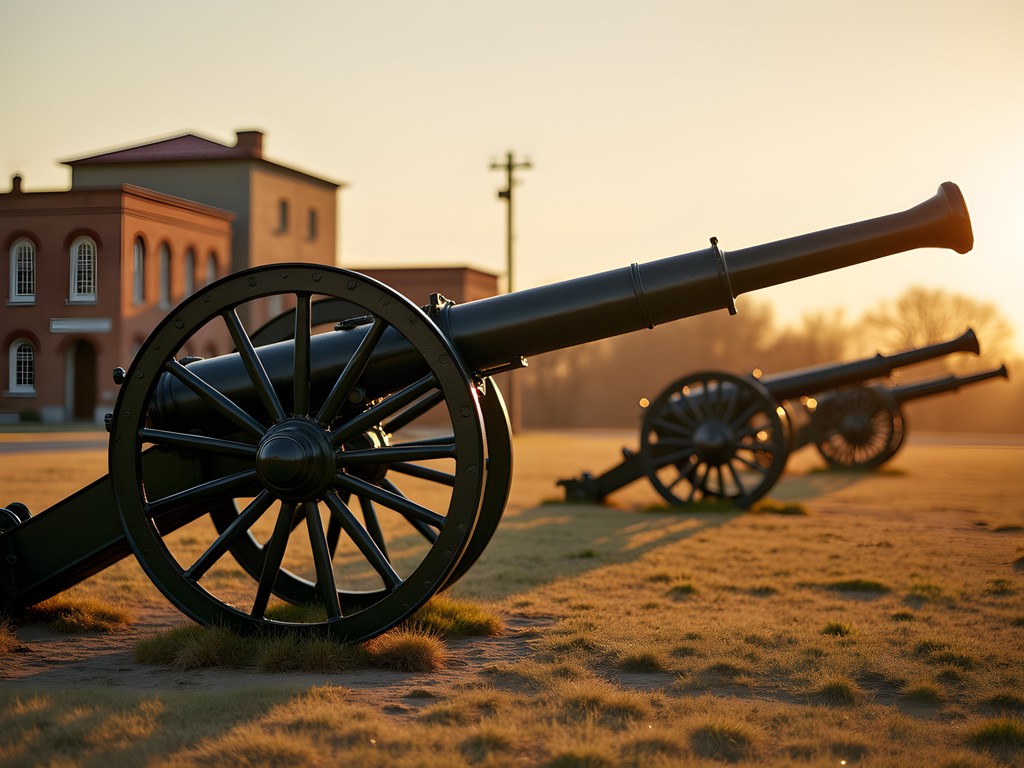
💡 Pro Tips
- Visit on weekdays to avoid weekend crowds and potential access restrictions due to military activities
- Bring proper identification as Fort Sill is an active military base with security checkpoints
- Allow at least 3 hours to properly explore the museum complex and historic quadrangle
Wichita Mountains Wildlife Refuge: Urban Explorer's Nature Escape
Just a short drive from downtown Lawton lies the Wichita Mountains Wildlife Refuge, a 59,000-acre natural sanctuary that offers the urban explorer a perfect counterbalance to city wanderings. The ancient granite mountains, some of the oldest on Earth, rise dramatically from the surrounding plains, creating a landscape that feels almost otherworldly compared to the grid-pattern streets of Lawton below.
As an amateur bird photographer, I was thrilled to spot Mississippi kites, scissor-tailed flycatchers, and even a pair of golden eagles during my morning hike. My field guide helped identify several prairie species I hadn't encountered before. The refuge's bison herd, descended from animals brought here in 1907 to save the species from extinction, offers a powerful reminder of conservation success amid America's complicated environmental history.
Mount Scott provides the ultimate urban explorer's vantage point. The paved road to the summit makes it accessible for nearly any visitor, and the panoramic views of Lawton, Fort Sill, and the surrounding plains provide essential context for understanding the region's geography. I arrived before dawn with my insulated travel mug filled with strong coffee – the perfect companion as I watched the sunrise illuminate the landscape below.

💡 Pro Tips
- Visit at dawn or dusk for wildlife viewing and the best photography light
- Drive slowly through the refuge as bison and longhorn cattle often cross the roads unexpectedly
- Bring layers as the mountain temperatures can be significantly cooler than in Lawton proper
Cultural Intersections: Museums and Indigenous Heritage
Lawton's cultural landscape reflects the complex convergence of Indigenous communities, military history, and settler narratives. The Comanche National Museum and Cultural Center provided one of the most thought-provoking experiences of my visit, offering perspectives often absent from mainstream historical accounts. As someone who teaches about colonization and resistance, I found the exhibits on Comanche horsemanship, language preservation, and contemporary art to be invaluable resources that challenge simplistic frontier narratives.
The Museum of the Great Plains complements this experience by contextualizing human history within the environmental framework of the southern plains. Their replica trading post and interactive exhibits on prairie ecology helped me visualize the region as it existed before urbanization. I particularly appreciated how the museum connected past land management practices to contemporary environmental challenges.
As a street photographer, I was drawn to the Spirit of Survival sculptures in Elmer Thomas Park, where bronze figures commemorate the Land Run of 1901 that opened the Kiowa-Comanche-Apache Reservation to white settlement. These public art pieces invite reflection on the multiple perspectives surrounding this pivotal moment in Oklahoma history. I spent an afternoon documenting how different visitors engaged with these monuments, noting how such spaces become forums for ongoing historical dialogue.
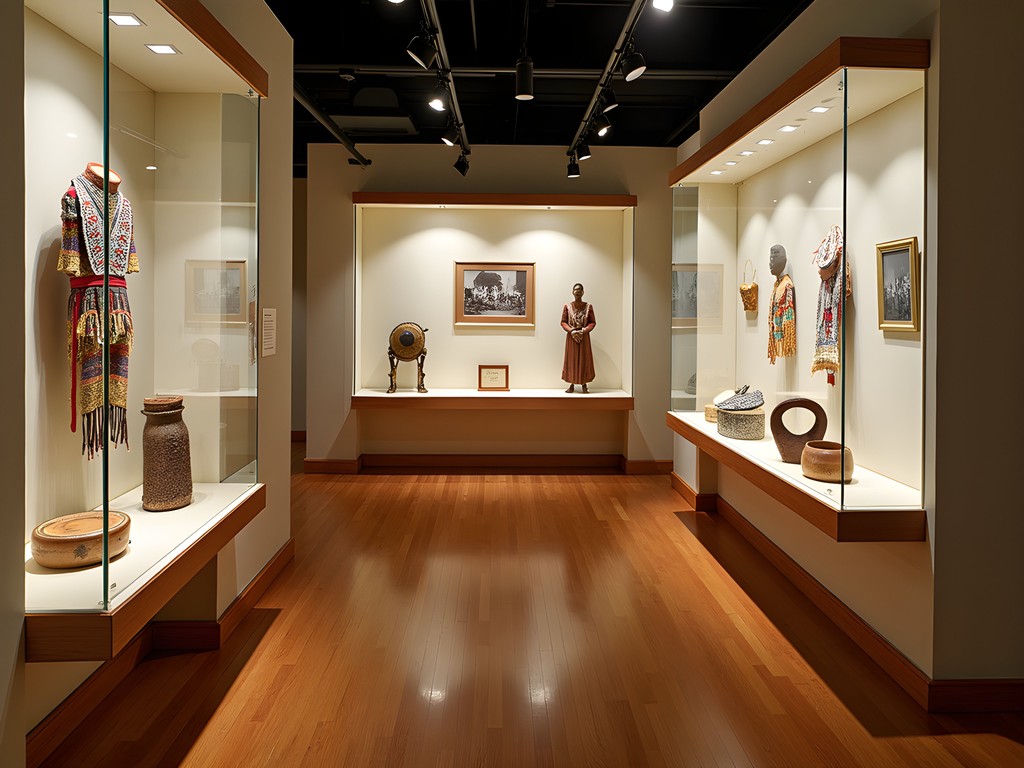
💡 Pro Tips
- Set aside at least half a day for the Museum of the Great Plains if you're interested in regional history
- Check the Comanche National Museum's calendar for special events and cultural demonstrations
- Visit Elmer Thomas Park in early morning or evening when the lighting dramatically enhances the bronze sculptures
Urban Exploration: Lawton's Evolving Cityscape
Beyond its historical attractions, Lawton offers urban explorers a fascinating study in how military economies shape American cities. The downtown area reveals layers of development from different eras – Art Deco facades from the 1930s, mid-century modernist structures, and contemporary revitalization efforts all coexist within a few blocks.
I spent a morning photographing the architectural details along C Avenue, where the Lawton Constitution building and the historic Central Fire Station showcase early 20th century civic design. My pocket sketchbook came in handy for quick architectural studies – a practice I've maintained since graduate school that helps me observe details I might otherwise miss.
Lawton's street art scene surprised me with several impressive murals celebrating the city's diverse heritage. The 2nd Street mural depicting the region's natural landscapes and Indigenous history provides a powerful visual narrative that connects past and present. As someone who documents urban transformation through photography, I found these public art initiatives particularly compelling evidence of a city actively engaging with its complex identity.
The city's connection to Fort Sill becomes evident as you explore its neighborhoods – military housing areas, veteran-owned businesses, and the rhythms of deployment cycles all influence Lawton's character. For lunch, I followed a local recommendation to the Burgess Grill, where military memorabilia lines the walls and the clientele included both active-duty soldiers and multi-generation Lawton families. My travel power strip proved invaluable at this popular spot, where I could charge my devices while chatting with locals about their city's evolution.
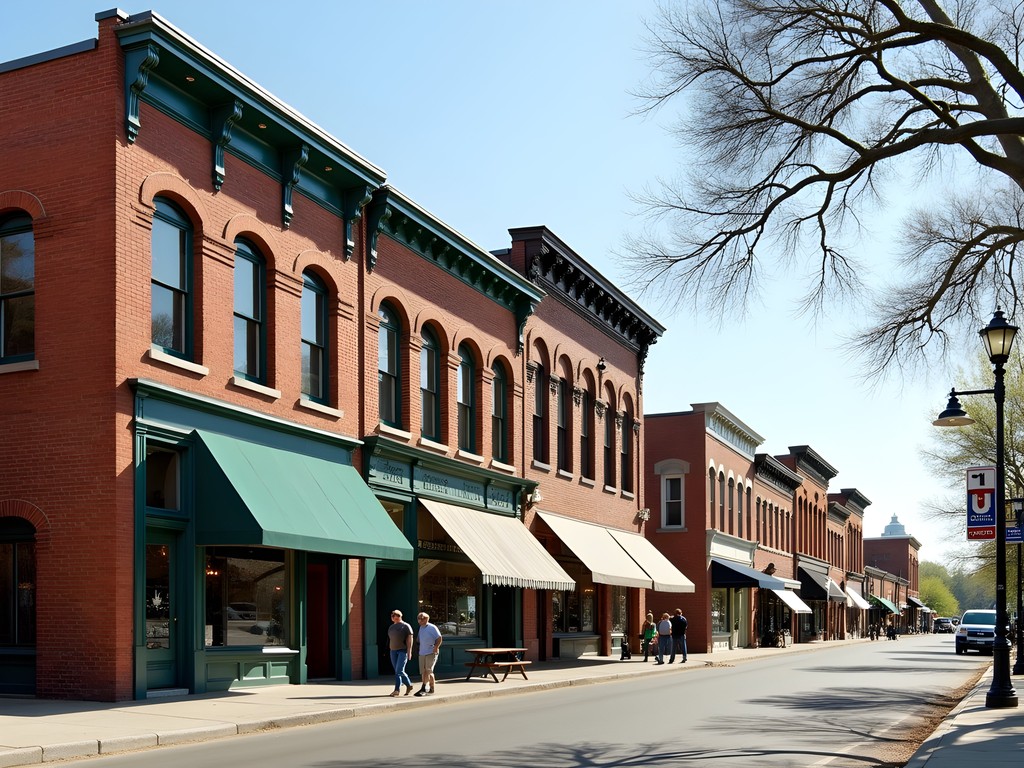
💡 Pro Tips
- Download the free Lawton Fort Sill Historical Tour app for self-guided walking routes
- Visit the Lawton Farmers Market on Saturday mornings to connect with locals and sample regional specialties
- Explore the Cache Road commercial district to understand how military economies influence retail development
Hidden Gems: Local Haunts and Budget Finds
The most rewarding aspects of urban exploration often come from venturing beyond guidebook recommendations, and Lawton offered several delightful surprises for the budget-conscious traveler. The Medicine Park historic district, just outside Lawton proper, charmed me with its unique cobblestone construction and creek-side cafes. This former resort town from the early 1900s maintains a distinctive character that feels worlds away from nearby Fort Sill.
For affordable accommodations, I bypassed chain hotels in favor of the Apache Casino Hotel, which offered surprisingly competitive rates and positioned me perfectly for exploring both the city and the wildlife refuge. My white noise machine ensured solid sleep despite the hotel's lively atmosphere.
Nou gen lavi nan kominote sa a – there's life in this community – as my grandmother would say. I found this especially true at local gathering spots like Viridian Coffee, where military personnel, college students, and longtime residents create a dynamic social ecosystem. The baristas pointed me toward the Lake Lawtonka trails, where I spent a peaceful morning photographing migrating waterfowl far from the city's main tourist sites.
The Leslie Powell Gallery showcased works by regional artists that provided insight into how locals interpret their landscape and heritage. I was particularly moved by an exhibition of photographs documenting the changing relationship between Fort Sill and the surrounding community over decades – exactly the kind of visual history that resonates with both my teaching and travel perspectives.
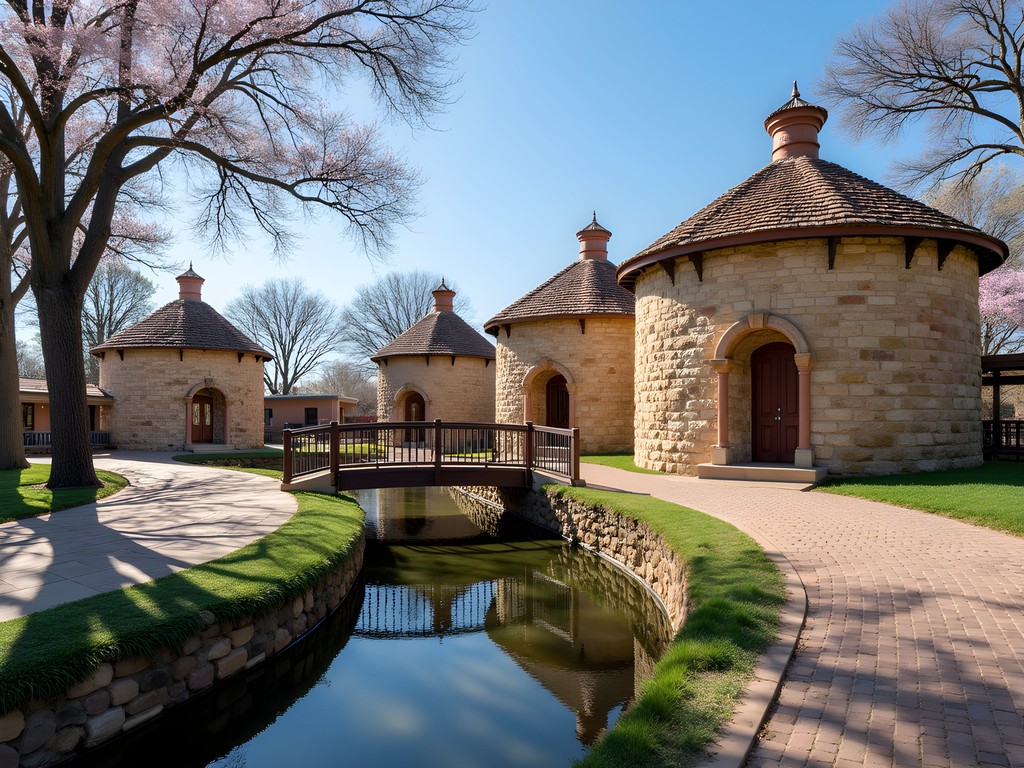
💡 Pro Tips
- Visit Medicine Park on weekdays to avoid weekend crowds from nearby Lawton and Fort Sill
- Check the community board at Viridian Coffee for local events not advertised to tourists
- Ask hotel staff about military discount options – many Lawton businesses offer them even to civilian visitors
Final Thoughts
Lawton exemplifies why I encourage my students to explore places beyond typical tourist itineraries. This Oklahoma city, shaped by military necessity and frontier history, offers urban explorers a rich tapestry of American narratives that continue to evolve. From the somber weight of Geronimo's grave marker to the hopeful energy of downtown revitalization projects, Lawton refuses simple categorization.
As I packed my bags after just three days of exploration, I knew I'd only scratched the surface of what this region offers the thoughtful traveler. The conversations with Fort Sill personnel, Comanche cultural center staff, and longtime Lawton residents had given me fresh perspectives to bring back to my classroom in Toledo. This is the true value of urban exploration – finding the human stories that animate our built environments and connecting them to broader historical currents.
For the solo traveler seeking authentic engagement with American military history, Indigenous heritage, and the evolution of western cities, Lawton deserves a place on your itinerary. Come with an open mind, comfortable walking shoes, and a willingness to look beyond first impressions. Nap tann ou – I'll be waiting to hear what layers of history you uncover in this surprisingly complex Oklahoma city.
✨ Key Takeaways
- Lawton offers budget-friendly access to significant military history sites, natural landscapes, and cultural institutions
- The juxtaposition of Fort Sill's historic sites with the Wichita Mountains provides context for understanding American western expansion
- Local museums present multiple perspectives on regional history, particularly valuable for understanding Indigenous narratives
- Spring visits offer ideal weather for combining urban exploration with wildlife viewing in nearby refuges
📋 Practical Information
Best Time to Visit
Spring (April-May) or Fall (September-October)
Budget Estimate
$300-$500 for a weekend (lodging, food, attractions)
Recommended Duration
2-3 days
Difficulty Level
Moderate

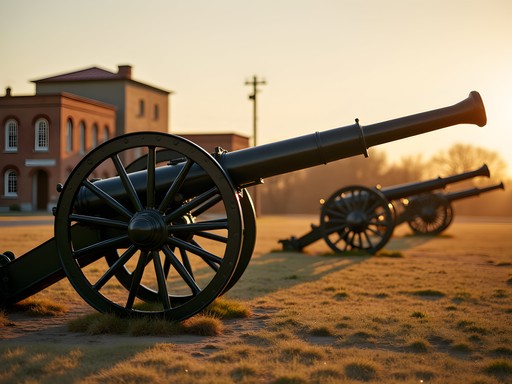

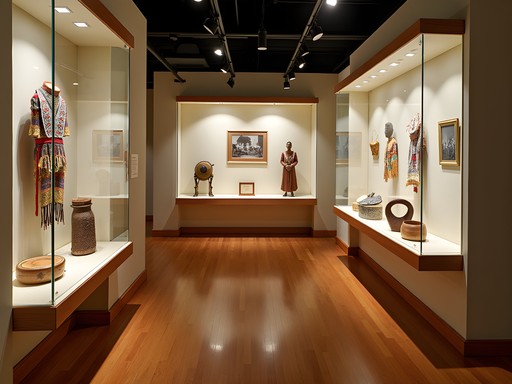
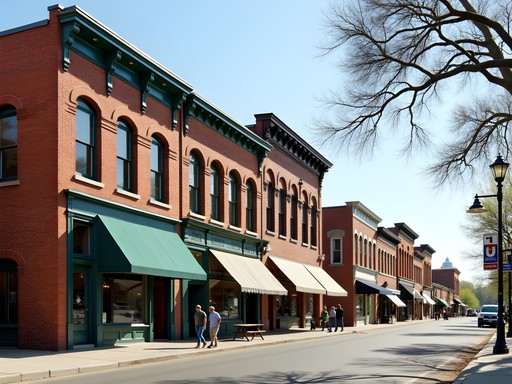
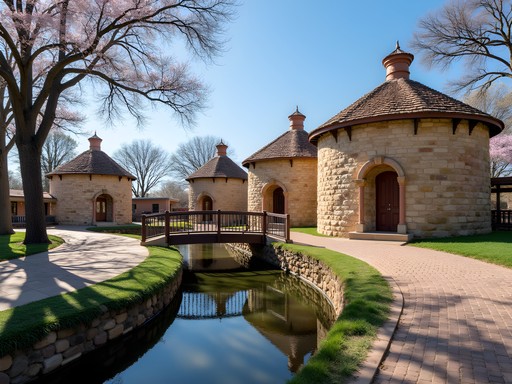








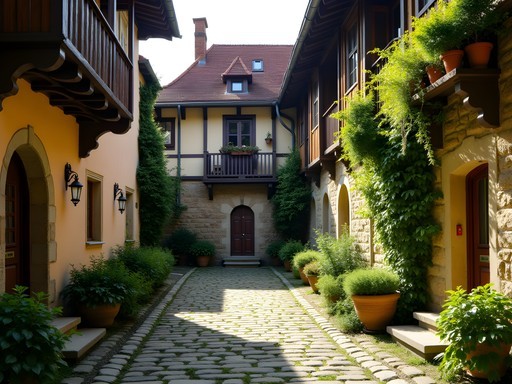
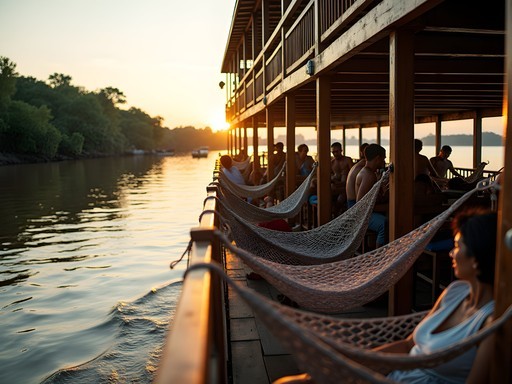
Comments
OklahomaGirl
Born and raised near Lawton. Nice to see it getting some love! The Medicine Park area is worth checking out too.
Hunter Thompson
What's Medicine Park like? Not mentioned in the article but sounds interesting!
OklahomaGirl
It's this cute little cobblestone village just outside the wildlife refuge. Has a swimming hole, little shops, and some good restaurants. Very picturesque!
TravelingTeacher
Just got back from Lawton last week! If you're into photography, go to Mount Scott in the wildlife refuge for sunrise. Breathtaking views and the light on the plains is amazing. I used my travel tripod and got some of my best landscape shots ever. Also, the Museum of the Great Plains was way better than I expected.
RoadWarrior57
Going there next month for a family reunion. Safe to bring kids to the wildlife refuge? Any specific trails you'd recommend?
Pierre Kelly
Absolutely safe for kids! The Quanah Parker Lake Trail is fairly easy and you'll likely spot bison. Just keep a respectful distance from wildlife. The visitor center has great educational programs for children too.
RoadWarrior57
Perfect, thanks! My 8-year-old is obsessed with bison right now.
Hunter Thompson
Brilliant piece, Pierre! I've been exploring second-tier American cities for my blog and Lawton wasn't on my list until now. The connection between military history and indigenous culture sounds fascinating. I'm curious though - how's the public transport situation? I typically backpack without a car and wondering if it's feasible to get between Fort Sill and the wildlife refuge without driving? Also, any local food spots you'd recommend that aren't in the tourist guides? Always looking for those authentic experiences!
Pierre Kelly
Thanks Hunter! Public transport is limited in Lawton, honestly. LATS buses run through the city but for the wildlife refuge, you'll need a car. Maybe try the local rideshare community on Facebook - lots of military folks making trips out there. For food, definitely hit Wayne's Drive Inn for classic Oklahoma comfort food and Burgess Grill for their Indian tacos. Both very local spots!
coolmaster
Wayne's Drive Inn is legit. Get the onion burger.
OklahomaNative
If you're visiting Lawton, try to catch a powwow if timing works out. The Comanche Nation hosts several throughout the year and they're incredible cultural experiences. Also, the Medicine Park area just outside town has cute shops and restaurants along the creek - perfect for an evening stroll after a day at the wildlife refuge.
coolmaster
Never thought about visiting Lawton before! Fort Sill looks interesting.
Hunter Thompson
Right? I'm always drawn to these under-the-radar military history spots. Been to a few bases-turned-museums in Europe but nothing in the US yet.
coolmaster
Fort Sill is definitely worth it. Went there last year. The artillery museum is surprisingly good.
MountainHiker88
Great post! Love finding these hidden gem cities!
Nicole Russell
Pierre, you've done it again! I actually visited Lawton last year while road-tripping through the Southwest and was pleasantly surprised. The Museum of the Great Plains was a highlight for me - they had this cool interactive pioneer village setup. And the food scene! Cache Road Nutrition has amazing smoothie bowls, perfect after hiking Mount Scott. For anyone planning a visit, I'd recommend staying near downtown so you can walk to some of the local spots. The mix of military precision and rugged natural beauty makes for such an interesting contrast. Thanks for showcasing these lesser-known destinations!
sunsetway
Any restaurant recommendations for dinner, Nicole? Planning a weekend there soon!
Nicole Russell
Try Back Porch Drafthouse for good burgers and local beers! And Salas Urban Cantina had amazing tacos if you like Mexican food.
oceanbuddy1276
Just got back from Lawton last week and can confirm everything in this post! The Artillery Museum at Fort Sill was incredible - even my teenager was impressed with all the tanks and big guns. We also stumbled upon the Medicine Park area which has these cool cobblestone buildings and nice little shops. If you're into photography, bring your camera gear - the landscape contrasts between the military base, wildlife refuge, and small town vibes make for amazing shots. The Comanche National Museum was smaller than expected but really well done.
moonchamp
Medicine Park sounds awesome! Adding that to my list too.
globestar
Love seeing posts about underrated destinations! Great photos too!
Venture X
Premium card with 2X miles, $300 travel credit, Priority Pass